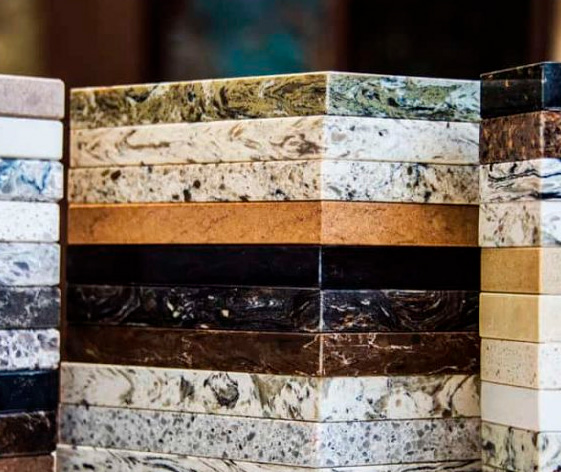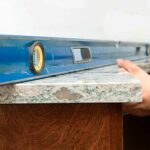Man Made Materials
As you may have concluded, what we refer to as “man-made” materials are formed in a way other than that of the “natural materials” previously mentioned. These materials are brought about through the efforts of very skilled, talented, and intelligent humans that have created processes through which materials are produced. What are the characteristics of these kinds of materials?
Characteristics of Man-Made Materials
As we mentioned earlier, natural stone material has some attributes that make it what it is. Porosity is one of those attributes. But man-made materials do not, for the most part, have these properties. Nearly all of the man-made materials we will mention here are non-porous.
This trait of man-made material means that it will not absorb moisture like natural stone. Water and other liquids that come into contact with man-made materials simplstayys on the surface until they evaporate and are cleaned up, or chemical bonds the material.

Another trait that is found in man-made materials is that they are made to be relatively hard. Natural stone occurs with varying hardness depending on its type. On the other hand, man-made material is specifically fashioned to be hard so it will hold up under normal wear and tear and then some.
Examples of Man Made Materials
There are not as many variations of material from the man-made group as there are from the natural stone class, but there is a nice selection from which to choose. The following list includes some of the man-made materials that are popular for use as hard surfaces.
• Quartz
• Solid
• Surface
• Porcelain
• Sintered Stone
Like the list from the natural stone materials, the man-made materials vary from one another. So, the natural question that comes up then is which is better, natural or man-made materials?






